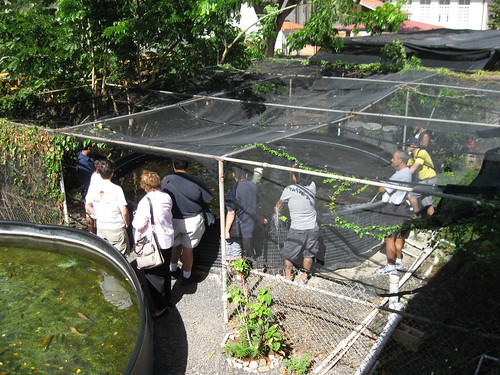What are some environmental requirements for an aquaculture system?

Image by Bytemarks
November’s Bytemarks Lunch visit to the McKinley aquaculture fish farm.
Question by Michelle: What are some environmental requirements for an aquaculture system?
What’s necesscary for a productive natural aquaculture system?
and what does water quality and waste water disposal have to do with it?
Add your own answer in the comments!

One Response to What are some environmental requirements for an aquaculture system?